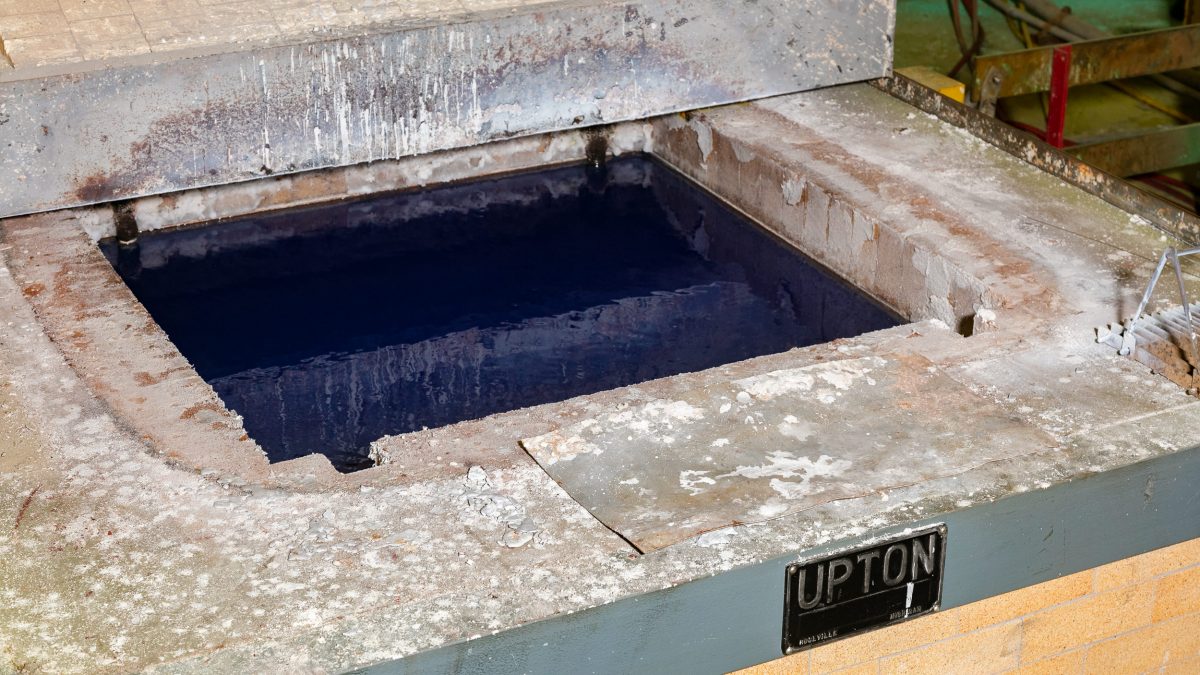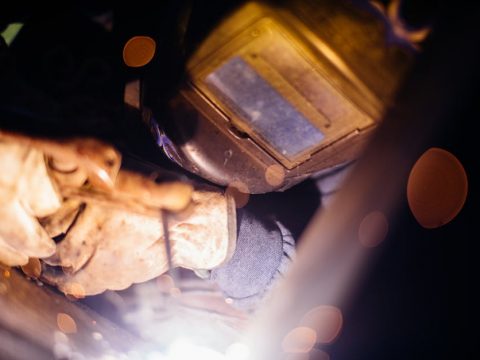What Are the Advantages of Dip Brazing?

The Ultimate Buyer’s Guide For Custom Antennas
July 1, 2019
Antenna Design for Space
July 11, 2019Are your complex assemblies too costly in both time and expense, leading to delays in production and unhappy customers? Dip brazing drastically shortens assembly time on projects where riveting or welding is not a realistic option.
It is especially useful when assembling arranging complex or custom projects. Read on to learn about why dip brazing may help you increase profits with this simple guide.
What is Dip Brazing?
Welding uses temperatures of 800 degrees or lower to join molten metal together. Brazing refers to using temperatures over 800 degrees and uses cooling to join pieces. Brazing is a process for joining complex assemblies used by a wide variety of industries.
This includes research and development, electronics, aviation, and even the dental industry. There are many industries that use this process of assembly.
To name a few, satellites, medical equipment, and fixtures for the military and aerospace projects. This indicates the quality expected from the final product.
One of the major pros of dip brazing is a lack of tooling charges and the short amount of time it takes to complete. By dipping your pieces in filler metal and silicone and allowing the filler to cool, you end up with strong, leak-proof metal joints. This is done by dipping the pieces to be assembled in a chemical bath heated to between 900- and 1100-degrees Fahrenheit.
Before assembly, each piece is inspected and put through a chemical cleaning process. Alloys, wrought materials of various thickness and even odd shaped assemblies will be jointed all at once with a single bath.
Brazing can be useful when there is not enough room to place the filler metal between the pieces being assembled. In these cases, the metal can be applied as slurry through capillary action to form a bond.
Riveting Choices
If you’re worried about corrosion, the results of dip brazing are as strong as the base materials without the risk potential of welding slag. If it’s possible that your assembly will face metal fatigue, dip brazing may be ideal due to its strength and durability.
Electrical and thermal properties is another great selling point, as the results from dip brazing will easily meet or exceed that of the base metal. Riveting and welding are both conventional methods of attaching metal pieces. Using these particular methods to join metal of different thicknesses can be very difficult.
Welding attaches metal with an intense heat source while riveting punches through metal to make an attachment. These methods can create hidden damage and lead to future corrosion and rust.
It is important to consider every factor before making a final decision. If your project involved many pieces of thin aluminum, your choice may already have become obvious.
Depending on how complex your project is and your available funds, dip brazing may be less expensive than other methods. Casting metal involves heavy labor and precise measurements with no guarantee of success.
Grinding, cutting and assembling your project from scratch may eat up hours and money. Brazing allows larger and more complex projects to be assembled quick and easy, helping to reduce both time and costs overall.
To Braze or Not to Braze?
Before you make the decision to use dip brazing for your project, there are a number of important factors to consider. The materials and alloys used for your project should be able to meet or exceed the temperature requirements for the process. Additionally, fixtures should be left off before brazing as they may make the process less effective or efficient
If the temperature of the brazing bath is higher than the tolerance for your materials, they may end up becoming damaged and warped. If the temperature of the bath itself is too excessive, successfully bonding the filler to your assembly may be impossible. The tolerance of your materials and temperature of the process itself can mean failure or success.
If corrosion is a significant risk to the long-term success of your assembly, dip brazing helps by removing all traces of salt. After the brazing bath, technicians perform a thorough cleaning and visual inspection.
This helps ensure that no oxidization occurs at any point during the process. Any joints created through this process are likely to be stronger than the base metalitself.
Uniform and Timely
One of the major advantages of the brazing process is that is very useful for joining aluminum to itself. The heat of the normal welding process or even spot welding can cause aluminum to warp or distort. By submerging the pieces to be assembled in a metallic bath, you create a strong bond between your components quickly and evenly.
The benefit of dip brazing is that it allows for greater freedom of design and you end up with a stronger product at lower cost. If your assembly project involves thin gauge aluminum, brazing may be the only available method for you.
Another advantage is the process completely removes any residual flux along with cracks or fissures. This helps eradicate the possibility of corrosion, making a difference in the completion of your project.
By maintaining a stable temperature throughout the process, dip brazing will make sure that every piece of metal is treated the same way. This makes the final result a much stronger product.
If your assembly is made from aluminum, brazing may be the only method of safe construction. This is due to aluminum’s thermal properties.
When it comes to cleanliness, brazing easily beats other methods like welding or riveting. Dip brazing leaves no seams or slag for potential rust or other corrosion. This also greatly reduces the likeliness of mechanical failures.
Brazing your Own Trail
The success or failure of your project may be the decision to use dip brazing over other techniques. It will also save you a considerable amount of time and money.Still unsure as to whether dip brazing is the right choice for you? If you are ready to make sure that your assembly is done correctly, Rantec Antenna has the answers you are looking for!




